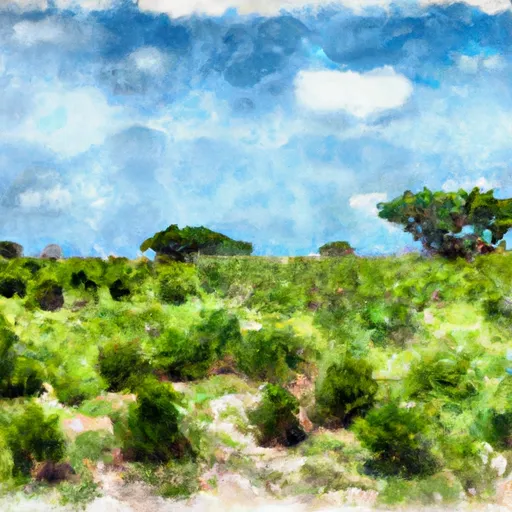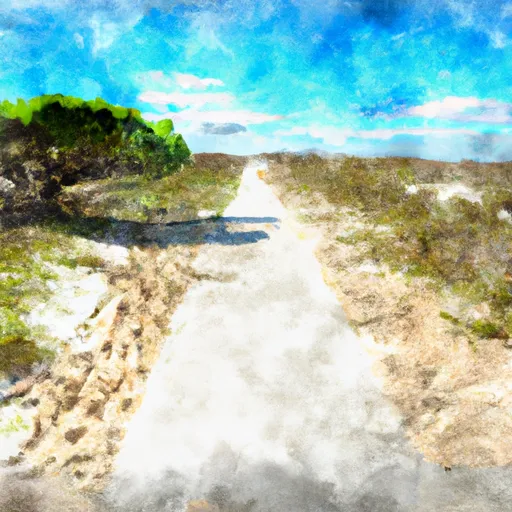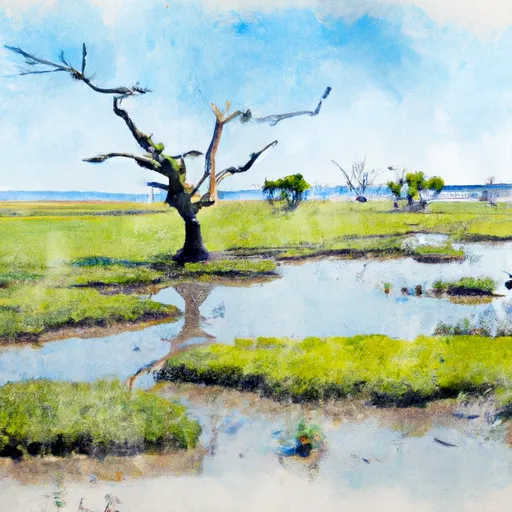Back Bay National Wildlife Refuge
Rate this placeLast Updated: December 26, 2025
Back Bay National Wildlife Refuge is located in southern Virginia Beach, Virginia, but is commonly associated with the state of North Carolina.
°F
°F
mph
Wind
%
Humidity
Summary
The refuge is situated on over 9,000 acres of land, including barrier islands, dunes, marshes, ponds, and forests. Visitors can enjoy a variety of outdoor activities, including hiking, photography, birdwatching, and fishing.
One of the main draws of Back Bay National Wildlife Refuge is its diverse wildlife population. The refuge is home to over 300 species of birds, including migratory waterfowl, songbirds, and raptors. Visitors may also spot mammals such as river otters, white-tailed deer, and muskrats, as well as reptiles, amphibians, and various fish species.
There are several points of interest within the refuge, including the Visitor Center, which features interactive exhibits and educational programs, and the False Cape State Park, which offers hiking trails and pristine beaches. The Back Bay Lighthouse, which dates back to 1873, is also a popular attraction.
The best time of year to visit Back Bay National Wildlife Refuge depends on visitors' interests. Birdwatchers may want to plan a trip during the spring or fall migration seasons, while beachgoers may prefer the summer months. Autumn is also a great time to visit, as the fall foliage is particularly stunning in the refuge's wooded areas.
In addition to providing recreational opportunities for visitors, Back Bay National Wildlife Refuge plays an important role in conservation efforts. The refuge is part of the Atlantic Flyway, a major migratory route for birds, and serves as a crucial stopover location for many species. The refuge also protects important habitats and helps to prevent erosion along the coast.
Overall, Back Bay National Wildlife Refuge is a unique and beautiful destination that offers something for everyone. Whether visitors are interested in wildlife viewing, outdoor recreation, or conservation education, they are sure to find something to enjoy in this natural oasis.
Weather Forecast
Park & Land Designation Reference
Large protected natural areas managed by the federal government to preserve significant landscapes, ecosystems, and cultural resources; recreation is allowed but conservation is the priority.
State Park
Public natural or recreational areas managed by a state government, typically smaller than national parks and focused on regional natural features, recreation, and education.
Local Park
Community-level parks managed by cities or counties, emphasizing recreation, playgrounds, sports, and green space close to populated areas.
Wilderness Area
The highest level of land protection in the U.S.; designated areas where nature is left essentially untouched, with no roads, structures, or motorized access permitted.
National Recreation Area
Areas set aside primarily for outdoor recreation (boating, hiking, fishing), often around reservoirs, rivers, or scenic landscapes; may allow more development.
National Conservation Area (BLM)
BLM-managed areas with special ecological, cultural, or scientific value; more protection than typical BLM land but less strict than Wilderness Areas.
State Forest
State-managed forests focused on habitat, watershed, recreation, and sustainable timber harvest.
National Forest
Federally managed lands focused on multiple use—recreation, wildlife habitat, watershed protection, and resource extraction (like timber)—unlike the stricter protections of national parks.
Wilderness
A protected area set aside to conserve specific resources—such as wildlife, habitats, or scientific features—with regulations varying widely depending on the managing agency and purpose.
Bureau of Land Management (BLM) Land
Vast federal lands managed for mixed use—recreation, grazing, mining, conservation—with fewer restrictions than national parks or forests.
Related References

 False Cape State Natural Area Preserve
False Cape State Natural Area Preserve
 False Cape State Park
False Cape State Park
 Little Island Park
Little Island Park
 Munden Point Park
Munden Point Park
 Mackay Island National Wildlife Refuge
Mackay Island National Wildlife Refuge